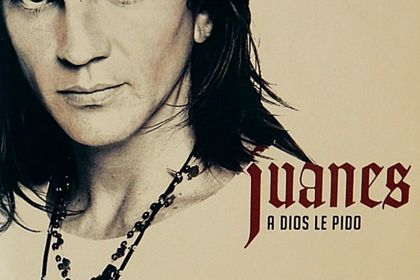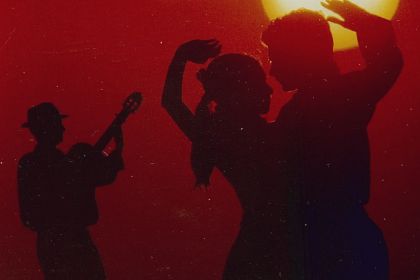SONGWRITER
Unraveling the meaning of Aserejé

The Ketchup Song (Aserejé) single cover
In 2002, the Spanish pop group Las Ketchup attained worldwide success with their chart-topping track The Ketchup Song (Aserejé). The song tells the story of Diego, a cheerful young man who enters a nightclub while singing and dancing with delight. The intriguing title is a playful term—coined from the song's chorus—creatively imitating the catchy refrain of the Sugarhill Gang's Rapper's Delight by substituting the English lyrics with gibberish in Spanish.
The chorus of The Ketchup Song consists of the repetition of "Aserejé, ja, de je, de jebe tu de jebere." This playful line closely resembles the iconic refrain of Rapper's Delight with the lyrics "I'm gonna freak ya here, I'm gonna freak you there." The nonsensical nature of the phrase doesn't hold any specific meaning but it served as a memorable hook that captivated listeners contributing to the song's infectious and widely appealing nature.
Despite the massive success of Aserejé, Las Ketchup struggled to replicate their initial triumph with subsequent releases. They became a classic example of a one-hit wonder—a term used to describe artists or groups that achieve great fame and commercial success with a single hit but fail to sustain that level of achievement over time.
Watch The Ketchup Song (Asereje) by Las Ketchup:
One of the reasons behind the global success of Aserejé can be attributed to its advanced musical harmony, featuring a classical combination of the Aeolian mode and harmonic minor scale. This harmonic structure adds depth and complexity to the song's composition making it more appealing to a wide range of listeners.
In the harmonic analysis of the song's chord chains, the scale degrees (denoted with Roman numerals) show the following progressions in the key of E♭ minor:
- E♭m–A♭m–D♭–B♭m–C♭–D♭–B♭m–C♭m or i–iv–VII–v–VI–VII–v–VI for verses
- E♭m–D♭– C♭–A♭m–B♭7 or i–VII–VI–iv–V7 for chorus
Note the v–VI deceptive cadence repeated twice in the verses progression as well as the classically-shaped VI–iv–V7 half authentic cadence closing the chorus. Marked in red, the B♭7 major dominant chord switches the Aeolian mode to the harmonic minor scale.
The combination of the Aeolian mode and harmonic minor scale is frequently used in pop music, particularly in Latin genres, as evidenced by the harmonic analysis of enduring Latin hits:
- Bamboléo: song meaning and origin of the lyrics
- La Mordidita: meaning behind the three-chord Latin hit
- Quimbara: meaning and origin of the best-known salsa
- Porque Te Vas: origin and meaning behind Jeanette's best song
- La Gota Fría: vallenato music masterpiece refashioned by Carlos Vives
- Suavemente: meaning of Elvis Crespo's best song
- A Dios le Pido: Juanes' Spanish lyrics behind the song success
- Livin' la Vida Loca: why is Ricky Martin's best song so catchy?
- 8 songs to introduce Aeolian mode and natural minor scale
- 6 songs combining harmonic minor and Aeolian mode










